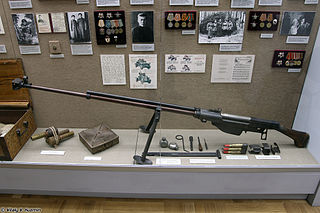| Imperial Japanese Armed Forces |
|---|
 |
| Administration |
(Dai Nippon Teikoku Rikugun) |
(Dai Nippon Teikoku Kaigun) |
| Rank insignia |
| History |
This is a list of the weapons of the Imperial Japanese Navy.
Contents
- Tanks and armoured vehicles (WW II)
- Tankettes, light and medium tanks
- Amphibious tanks
- Amphibious APC
- Self-Propelled vehicles
- Armoured cars
- Cars and trucks
- Artillery weapons (WWII)
- Anti tank guns
- Medium anti-aircraft gun
- Heavy anti-aircraft gun
- Rocket launcher (ground use)
- Rocket launcher (carrier-based)
- Infantry weapons of the Japanese Navy (WW II)
- Rifles
- Pistols
- Sub machine guns
- Machine guns
- Infantry mortar
- Grenades and grenade dischargers
- Light anti-aircraft weapons
- Anti-tank weapons
- Flamethrower
- Military sword
- Aerial bombs (World War II)
- Electronic warfare (WWII)
- Land-Based radar
- Airborne radar
- Shipborne radar
- Radar-equipped Bomber devices for maritime reconnaissance/antisubmarine patrol
- Torpedoes
- Surface-to-air missiles
- Special weapons (World War II)
- Kamikaze weapons
- References








